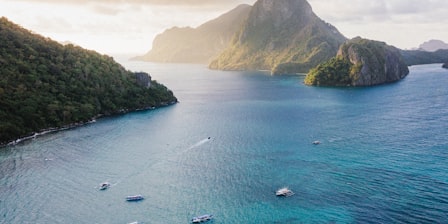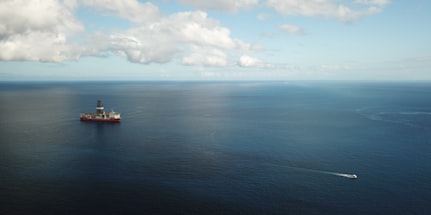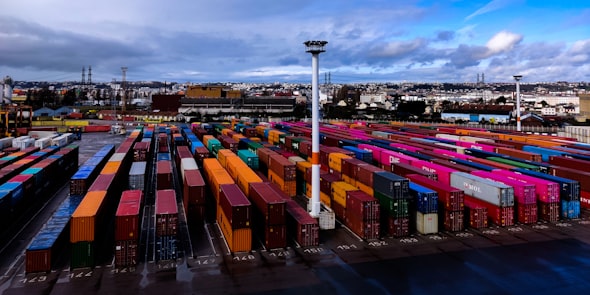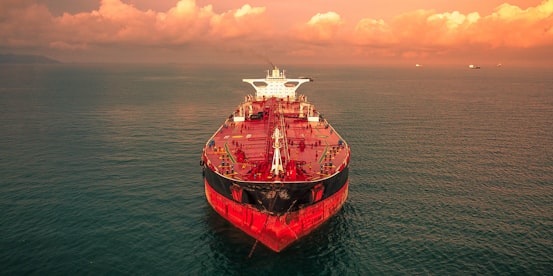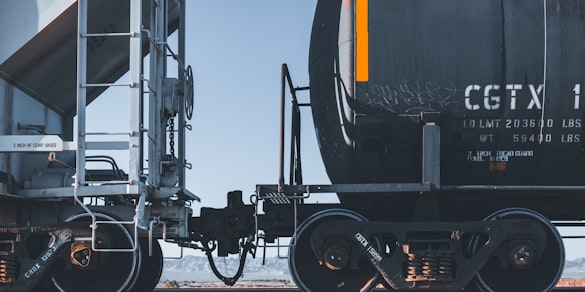
FreightWaves Classics is sponsored by Old Dominion Freight Line – Helping the World Keep Promises®. Learn more here.
While Malcom McLean, founder of Sea-Land, is regarded as the father of the container ship, Daniel Keith Ludwig is recognized as the father of the supertanker.
Ludwig was born on June 24, 1897, in South Haven, Michigan, to a family involved in Great Lakes shipping. He quit school in the eighth grade and split his time between Michigan and Port Arthur, Texas, living with his...
https://www.freightwaves.com/news/maritime-history-notes-daniel-k-ludwig-father-of-the-supertanker


